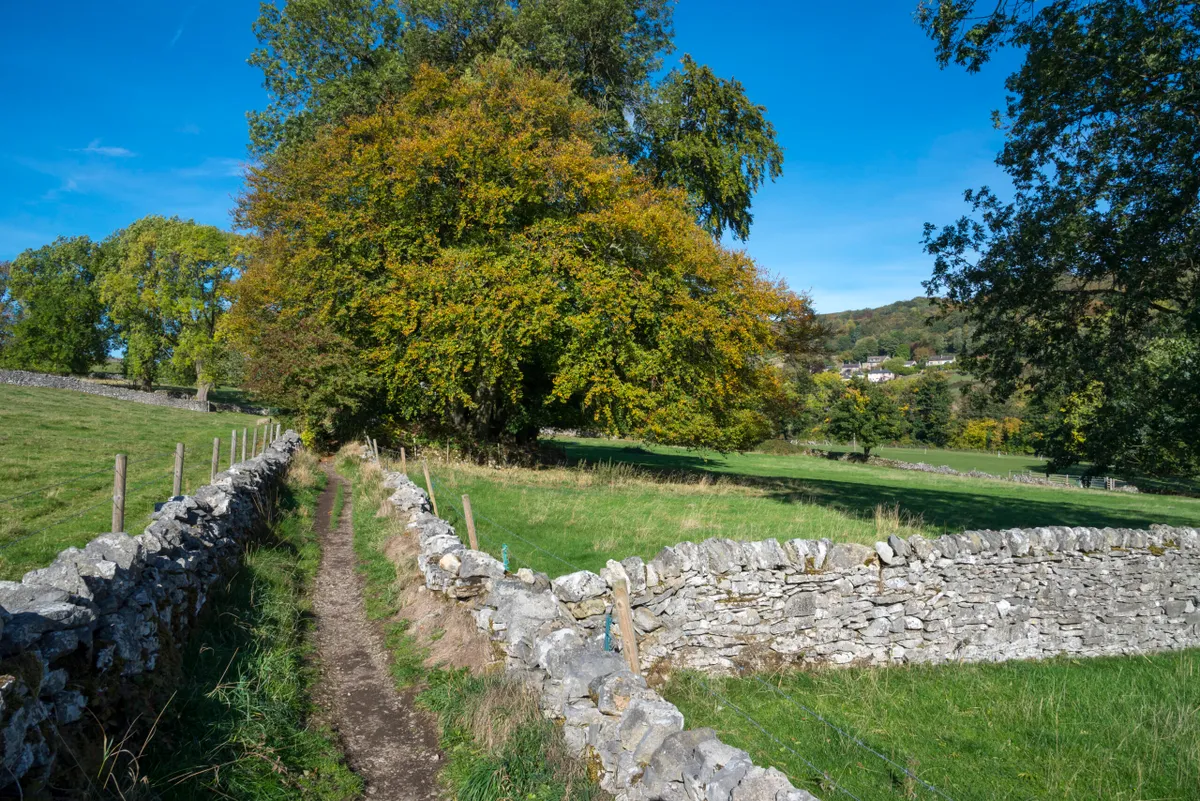Eyam (pronounced “E-yam” as in “stream”) cannot escape from its tragic past, forever saddled with the epithet “The Plague Village.” The heroic self-imposed quarantine by the villagers after the Plague struck during 1665-66 has been described as “the greatest epic in the annals of rural life.”
Despite its tragic past, Eyam – five miles north of Bakewell in the Peak District – is a lively, bustling village today, but many cottages are marked with plaques recording the names of the victims, ensuring that the plague story will never be forgotten.
- Castleton guide: pubs, things to do and how to visit the mysterious Blue John Cavern
- Tideswell guide: walks, hotels and the awe-inspiring Cathedral of the Peak
Eyam plague
The restored 13th-century Parish Church of St Lawrence has many touching memorials of the plague, including the chair of William Mompesson, the rector who led the villagers in their selfless act of heroism. Close to the magnificent Saxon Preaching Cross in the churchyard is the table-top tomb of Mompesson’s wife, Catherine, who died in at the height of the outbreak.

Eyam Hall
Opposite the tiny village green, complete with its restored Stocks, is the late 17th-century Eyam Hall, a lovely gritstone gabled and mullioned building which has been the home of the Wright family since it was built in 1676. Audio guided tours are available throughout October.
Eyam museum
Eyam Museum, in the former Methodist Chapel in Hawkhill Road, has award-winning exhibits which graphically tell the story of the village from prehistoric to modern times, plus the harrowing story of the Plague.

Eyam walks
One Eyam family particularly hard hit by the Plague were the Hancocks of Riley House Farm, seven of whom died within a week of each other in August, 1665. The evocative headstones marking their graves can be seen grouped inside a walled enclosure known as the Riley Graves, a short walk from the village, on the minor road leading east towards Grindleford.
